Gentle giants, Bouviers are appealing dogs with loving natures and wonderful shaggy coats. They are good with children and loyal to their families, but they require extensive grooming. They can be messy when eating due to their fabulous beards and they need space to move around. A Bouvier de Flandres is wonderful pet for those who can cope with a large, high maintenance dog.
Which breed group is the Bouvier de Flandres in?
Breed group: Working
Bouvier de Flandres breed history
As with many historic breeds, the precise details of the Bouvier de Flandre's development are not known. These large herding dogs evolved in Flanders and were almost certainly the result of breeding imported dogs with native farm dogs. The Bouvier de Flandres was a working dog of impressive stamina which could herd and guard livestock but also pull small carts. Until the 20th century, there were three variants of the breed; the Roeselare, Paret and Briard. Disputes between the proponents of these variants delayed the development of the breed.
As farming became more automated, the dogs were used less frequently, and numbers fell. This situation was exacerbated by the devastation caused during World War 1. The Bouvier de Flandres was utilised by the military, primarily as a trench dog. After the war, one of the trench dogs won several shows and became the foundation of a unified Bouvier de Flandres breed. A breed standard was created in 1936.
Bouvier de Flandres breed characteristics
Compact and rugged, the Bouvier de Flandres is distinctive dog with bushy eyebrows, a moustache and a beard. These dogs have alert expressions and their eyes are oval in shape. The black rims beautifully showcase the dogs' eyes. Ears are set high and are triangular. The Bouvier de Flandres boasts a muscular neck which is arched at the nape. Its front legs are powerful and its body strong. Its feet are round with arched toes and its tail is carried high.
The Bouvier possesses a double coat featuring a coarse and shaggy outer coat and dense undercoat. Black, blonde, brindle, fawn, grey brindle and dark brindle are all acceptable colours. The hair on the head and the outside of their ears is short and Bouviers have both an appealing moustache and full beard. These dogs may have a white star on their chests.
Bouviers are affectionate dogs with calm demeanours which are protective of their families. They can be wary of strangers but are intelligent and easy to train. They don't tend to bark and they don't generally suffer from separation anxiety.
- Lifespan: 12-13 years
- Height: up to 71cm
- Weight: up to 54kg
- Compact and powerful
- Shaggy double coat in a variety of colours
- Oval eyes with black rims
- Ears set high
- Moustache and beard
- Muscular build
- Alert expression
- Intelligent
- Easy to train
- Don't tend to bark
Health issues with the Bouvier de Flandres
The Bouvier de Flandres is prone to a number of inherited and congenital conditions as follows:
- Hip dysplasia
- Elbow dysplasia
· Muscular dystrophy of pharyngeal and oesophageal muscles
- Polyneuropathy syndrome
- Inflammatory bowel disease
- Gastric carcinoma
- Prostatic carcinoma
- Shoulder osteochondrosis
- Persistent hyperplastic primary vitreous (PHPV)
- Glaucoma
- Entropion
- Subaortic stenosis
- Thyroid disfunction
- Pyometra
- Ovarian cysts
What is the Bouvier de Flandres bred for?
Bouviers were originally bred to herd livestock and to work on farms pulling carts.
What sort of owners does the Bouvier de Flandres suit?
Loyal and trustworthy companions, Bouviers are excellent pets which are good with children of all ages. They are smart and easy to train, they rarely bark, and they can be left home alone, but not for too long. However, it is important to bear in mind that Bouviers are very large dogs which need space to move around and they can be messy when eating due to their beards. Puppies are boisterous and adult dogs tend to be dominant around other dogs. Bouviers are independent and like to chase things around. These dogs are best suited to living in large properties with big gardens or in the countryside. Owners must be able to devote time to cleaning and grooming and will need to provide their Bouvier with plenty of exercise.

